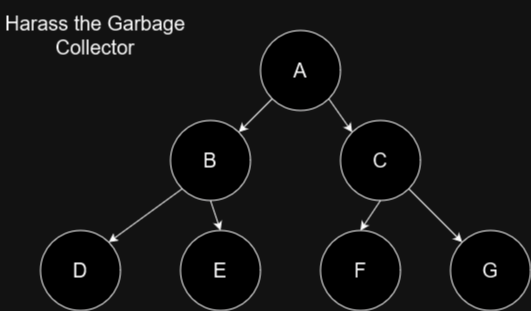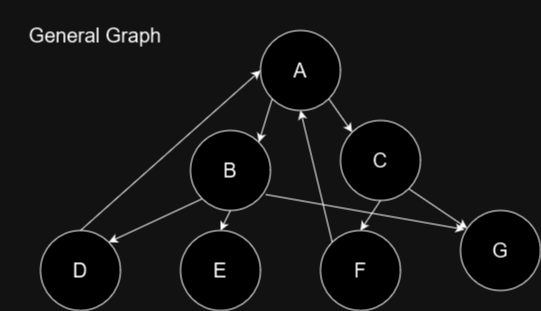👨🏼💻 Exercises
m1::e0 - Vector Memory
Write out the stack and heap memory of THIS sequence of vector operations. You can represent unitialized memory with a *. The vector must double its capacity and copy over each element once it gets a push operation while at capacity. The vector must resize to half its size and copy over each active element once it gets a pop operation while at quarter capacity.
- Create new vector of capacity 4
- .push(5)
- .push(2)
- .push(1)
- .pop()
- .push(42)
- .push(350)
- .push(1337)
- .push(1)
- .push(2)
- .push(5)
- .push(10)
- .pop()
- .pop()
- .pop()
- .pop()
- .pop()
- .pop()
- .pop()
- .pop()
Barring a few errors here and there this should be a simple exercise. Except. Are you sure you got all of the undefined (*) values right?
Which common operation could have replaced the last sequence of .pop() operations in the case where you wouldn't be using the popped values?
m1::e1 - Linearized Indexing
You have an array of dimensions MN in a linearized array data, write pseudo code that iterates
through all data elements using two for-loops and doubles the value in place.
You have an array of dimensions MNK in a linearized array data, write pseudo code that iterates
through all data elements using three for-loops and triples the value in place.
m1::e2 - Killing the Garbage Collector
Adding which pointer would result in the most nodes not being properly garbage collected?
If the garbage collector implements cycle detection to depth 2 adding which pointer would break it?
The nodes can't point to themselves.
In the case of the multiply connected nodes, can you come up with a structural solution which allows us to make arbitrary graphs in a garbage collected setting or safe in a C++/Rust setting?
m1::e3 - Gathering Histograms
Extend the program in code::gpu_histogram with a shader which uses the gathering paradigm, instead
of scattering.
Hints
- If the data is unsorted, each thread or work group will need to run through the entire data set.
GPU Programming
This serves as both one of the few instances where we can explicitly program parts of the memory hierarchy (shared memory resides in the L1 cache), but also as an introduction to parallel thinking, which you will need in the next module. The exercises here are fitting as a hand-in if you are doing a course. From experience, just doing the 1D convolution is plenty complicated for someone coming from Python. You'll get the point of how to use shared memory doing it. Doing matrix multiplication as well is good practice, but not strictly necessary.
Hints
- You have to hard code the size of the shared memory array, there are ways around it, but they are outside the scope of the exercise. Just pick a size that is bigger than your work group size.
- A common issue is for people to forget to set the correct size for shared memory arrays. In other languages, indexing outside of an array might get you a catastrophic error, such as a segmentation fault. In WGSL, it depends on the implementation. But one behavior spotted in the wild is replication of the [n-1] value in perpetuity.
- WGSL will complain if you have unused variables.
- Try to think of the part of your shader which loads values into shared memory as completely distinct from the part of your shader which is using that data. This includes which thread ID's corresponds to which piece of data.
- Don't be disheartened when the first version of your code isn't faster than the non-shared memory version of your shader is faster once you've mitigated branching through padding. The 1D convolution problem doesn't maximally expose memory bandwidth problems as well as the harder matrix multiplication (a 2D problem). You might see the shared memory version pull ahead once you have completed some of the improvements suggested in the next item.
- Ideally, when loading data into shared memory you want to have as few if-statements as possible. In the best case you can use a for-loop to stride through the data you are loading with a stride equal to the amount of active threads in the work group. This should result in coalesced memory reads. You should look that up.
- It can be useful to see what the GPU is doing. Check out how to get env_logger to give you more information about what wgpu is doing.
m1::e4 - 1D Convolution
Go to m1_memory_hierarchies::code::gpu_hand_in or online and follow the instructions.
You need to do 3 different version of 1D convolution, a naive version, one with zero padding of the input
signal and one with optimal usage of shared memory.
m1::e5 - Matrix Multiplication
For the second section, also in gpu_hand_in you need to do a matrix multiplication and a
tiled matrix multiplication (using shared memory). You should also try out doing a padded version.

